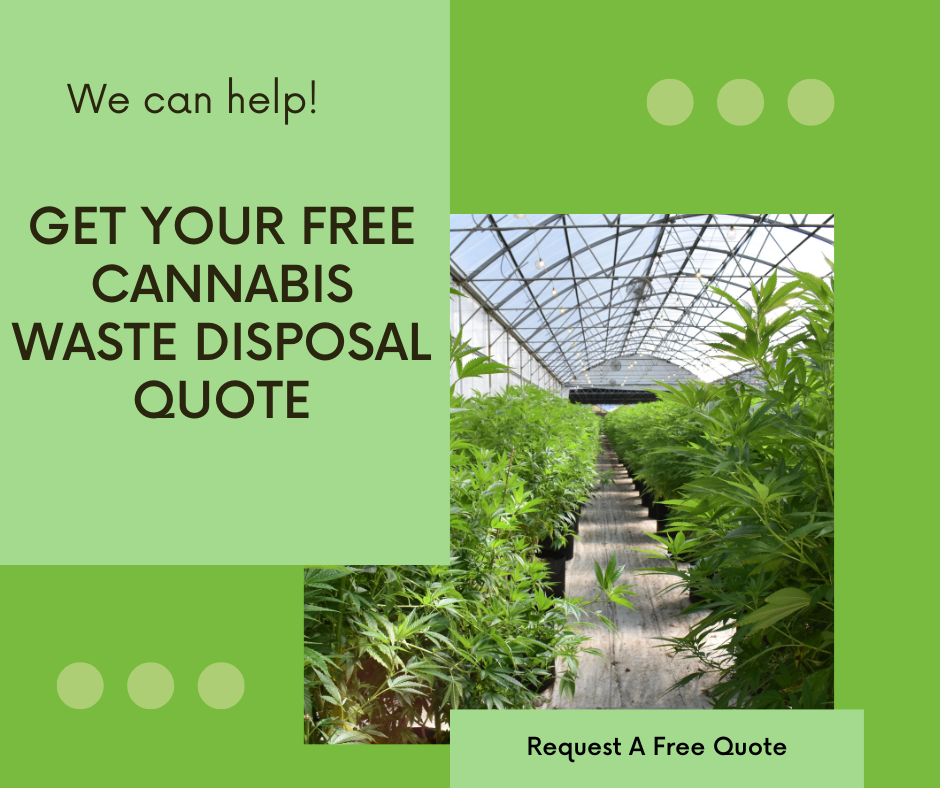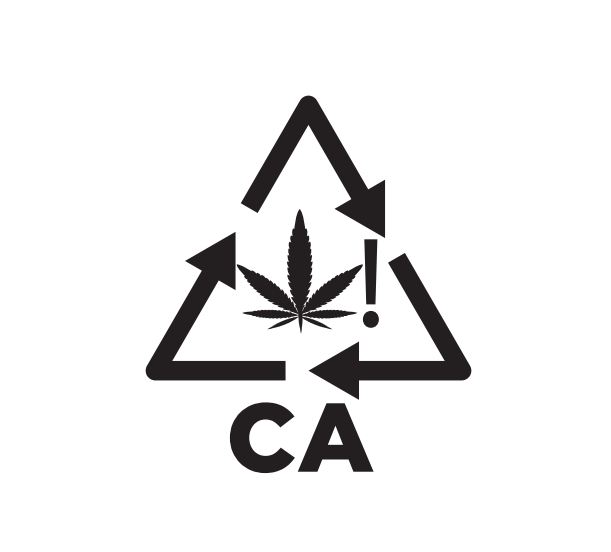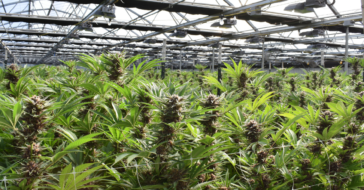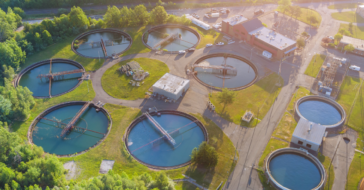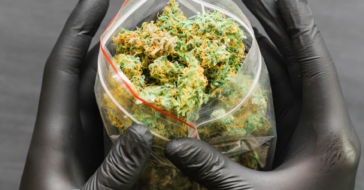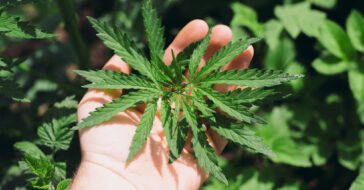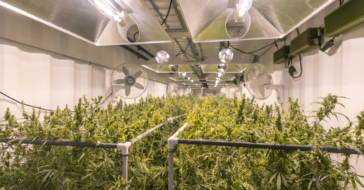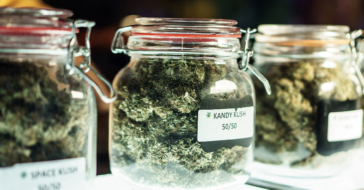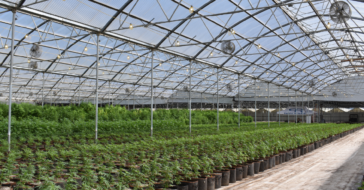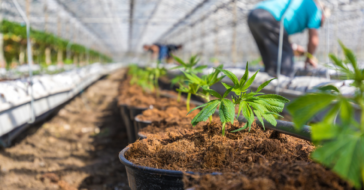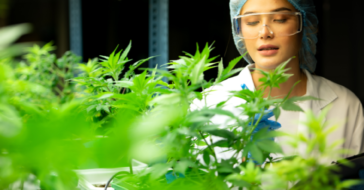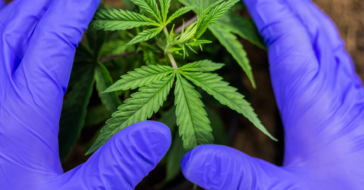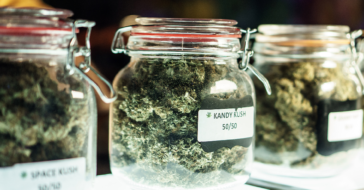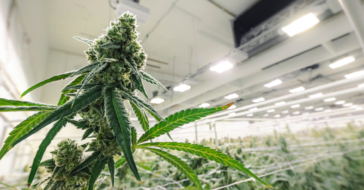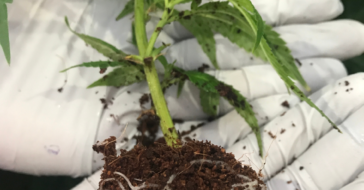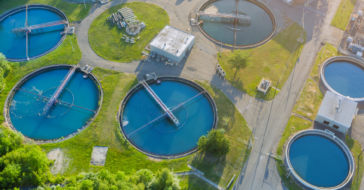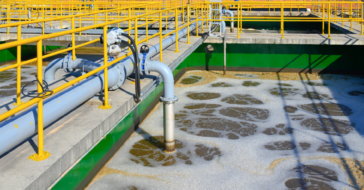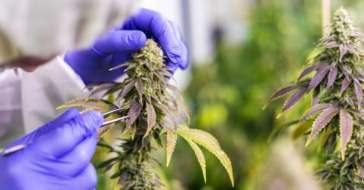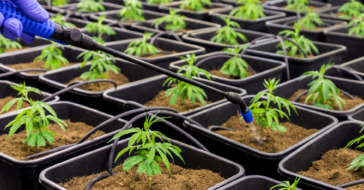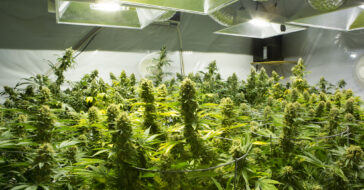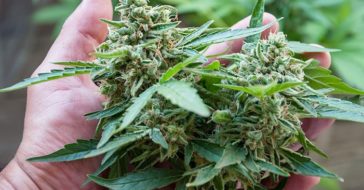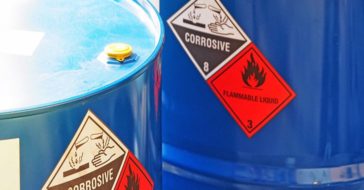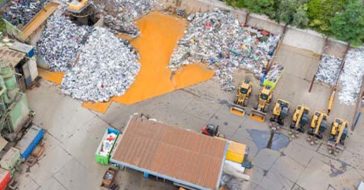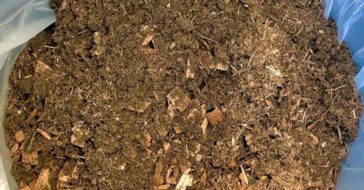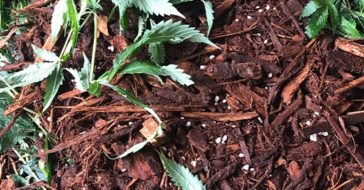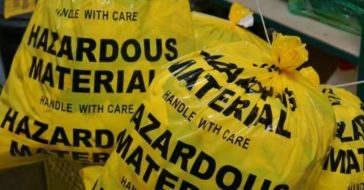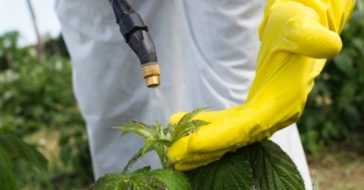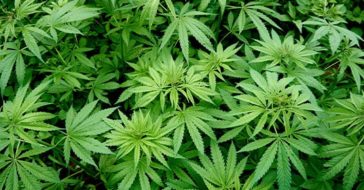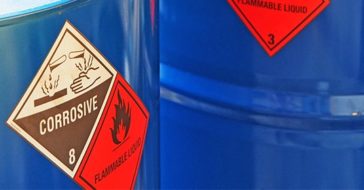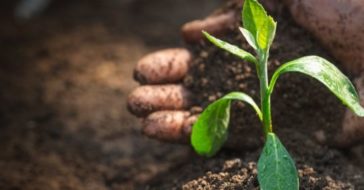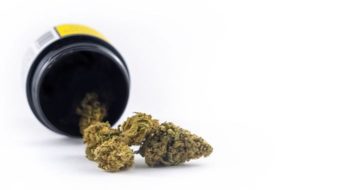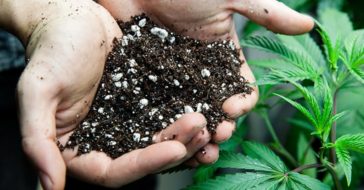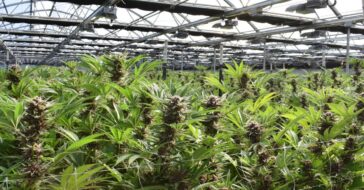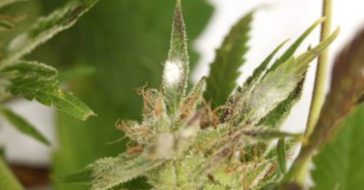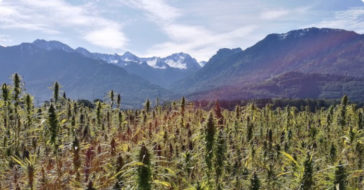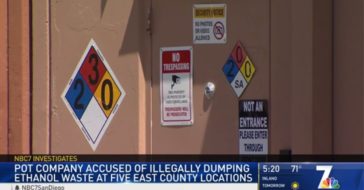When you picture the cannabis industry, images of lush buds and potent oils likely come to mind.
Yet what about the leaves and stems left behind? These seemingly insignificant parts play a crucial role not only in the cultivation and manufacturing processes but also in the disposal phase.
Proper management of cannabis plant waste is important not only to prevent environmental contamination but also to ensure your business stays compliant. Here are some frequently asked questions about cannabis plant waste and why its management should be a focal point in your overall waste management processes.
What Is Cannabis Plant Waste?
Cannabis plant waste refers to the residual biomass and byproducts generated at various stages of cannabis production.

As the cannabis industry expands globally, so does the volume of waste produced, presenting unique challenges for environmental sustainability and regulatory compliance.
There are several types of cannabis plant waste. These include:
- Unused Plant Material: Leaves, stems and other parts of the plant that are not used for their cannabinoid content
- Trimming and Pruning Residue: Trimmed leaves and excess foliage removed during cultivation to enhance flower production
- Roots and Soil: Roots and soil remnants from harvested cannabis plants
- Packaging Waste: Containers, wrappers and packaging materials used for cannabis products, often made from plastics and other non-biodegradable materials
- Extracted Biomass: Residual plant material after extraction processes to isolate cannabinoids and terpenes
- Unused Seeds: Cannabis seeds that are not viable for cultivation or consumption
These types of waste vary depending on the stage of production and the methods used. Still, collectively, they contribute to environmental concerns like landfill accumulation, greenhouse gas emissions, and potential contamination of soil and water sources.
How Is Cannabis Waste Disposed Of?
Cannabis waste disposal involves several steps to ensure that it is managed safely, responsibly and in compliance with regulatory requirements.
Segregation and Categorization
Cannabis waste is initially segregated into different categories. These categories often include plant material, packaging and processing byproducts. Categorizing is important since each type of waste may have distinct disposal requirements.
Rendering Unusable
To prevent diversion into illicit markets, cannabis waste is rendered unusable through methods like grinding or mixing with other materials to make it undesirable for consumption or extraction.
Transportation
Waste is then transported from cannabis cultivation or processing facilities to designated disposal sites or facilities. Transportation must follow strict regulations to prevent spills or unauthorized access.
Disposal Methods
Depending on local regulations and environmental considerations, cannabis waste disposal methods may include:
- Landfill Disposal: Some jurisdictions allow the disposal of cannabis waste in landfills after rendering it unusable.
- Composting: Organic waste materials, such as plant trimmings, can be composted under controlled conditions to produce nutrient-rich soil amendments.
- Incineration: Thermal treatment through incineration may be used for certain types of cannabis waste to reduce volume and destroy organic materials.
Documentation and Compliance
Throughout the disposal process, proper documentation is crucial. This includes maintaining records such as waste manifests and certificates of destruction to demonstrate compliance with regulatory requirements.
How Does Cannabis Plant Waste Impact The Environment?
Cannabis cultivation, whether for medicinal or recreational purposes, impacts the environment through the generation of waste and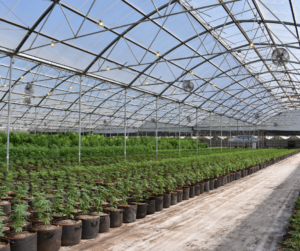 high energy consumption.
high energy consumption.
Cannabis plant waste includes a range of materials from unused plant matter, trimmings and roots, to the packaging used for cannabis products. High-intensity lighting, indoor climate control systems and irrigation methods contribute to significant energy use as well.
Cannabis cultivation operations, particularly indoor facilities, often rely heavily on artificial lighting and climate control systems to optimize plant growth. These energy-intensive practices contribute to a substantial carbon footprint, including greenhouse gas emissions from electricity generation.
Improper disposal of cannabis waste also can lead to soil and water contamination, impacting local ecosystems and biodiversity.
Addressing the environmental impact of cannabis cultivation waste requires sustainable practices such as:
- Efficient energy use
- Responsible waste management
- Adoption of biodegradable packaging materials
- Following environmental regulations
Regulatory frameworks play a crucial role in promoting these practices and mitigating the ecological footprint of the burgeoning cannabis industry.
How Can Cannabis Plant Waste Disposal Go Wrong?
A lot can go wrong when cannabis plant waste isn’t managed properly, from environmental contamination to heavy fines for your cannabis business.
For example, dumping cannabis waste directly into landfills or open areas can lead to soil contamination. This can occur due to leaching of residual pesticides, nutrients and other chemicals used during cultivation.
Plant waste that has been contaminated with harmful chemicals can also introduce pathogens and harmful microorganisms into soil ecosystems, affecting soil health and potentially impacting nearby water sources through runoff.
There’s also the issue of cannabis plant waste landing in the wrong hands. Improperly disposed waste can be attractive to unauthorized individuals seeking to extract usable cannabis or misuse waste for illicit purposes, risking legal repercussions and compromising security protocols. That’s why it’s important to follow any destruction laws in place for plant waste and to ensure all of your waste is disposed of in a safe manner.
Improper disposal practices not only pose ecological risks but also violate regulatory standards, potentially resulting in fines and legal consequences for your business. It’s important to implement responsible waste management practices and partner with reputable disposal services to mitigate these risks effectively.
What Is Your Responsibility As A Cannabis Waste Company?
As a cannabis waste company, your primary responsibility lies in ensuring compliant and environmentally responsible disposal of all cannabis-related waste, including plant waste, generated throughout the production and distribution process.
That begins with following local, state and federal regulations governing the disposal of cannabis waste. These regulations often require specific methods for handling, transporting and disposing of cannabis waste to prevent diversion into illegal markets and minimize environmental impact.
Implementing safe disposal practices involves:
- Properly segregating different types of cannabis waste and ensuring that each category is handled appropriately according to its unique disposal requirements.
- Collaborating with reputable disposal partners who specialize in cannabis waste management and who can streamline the disposal process. These partners have the expertise and resources to manage waste in compliance with regulations, ensuring that it is transported and disposed of safely and responsibly.
- Maintaining accurate records of waste disposal activities, including manifests and certificates of destruction, which is crucial for demonstrating compliance with cannabis waste disposal requirements.
Cannabis waste disposal companies play a pivotal role in this process by providing:
- Expertise in regulatory compliance
- Specialized equipment and facilities, including the proper disposal containers
- Environmental stewardship, including options for recycling and repurposing of cannabis waste
- A disposal schedule that aligns with your company’s waste management needs
- A quick response when emergencies happen (such as if you are a commercial real estate company and your tenant leaves behind waste)
By partnering with a disposal expert, your cannabis waste company can fulfill its responsibilities effectively, ensuring that waste is managed in a manner that protects public health, preserves environmental quality, and maintains regulatory compliance throughout the waste disposal lifecycle.

